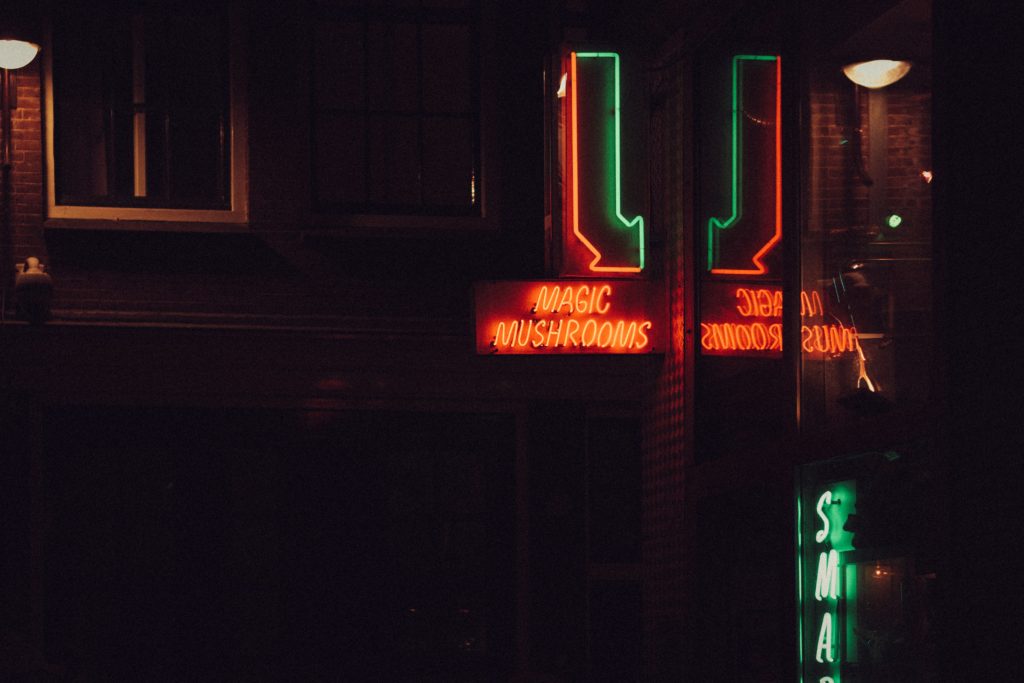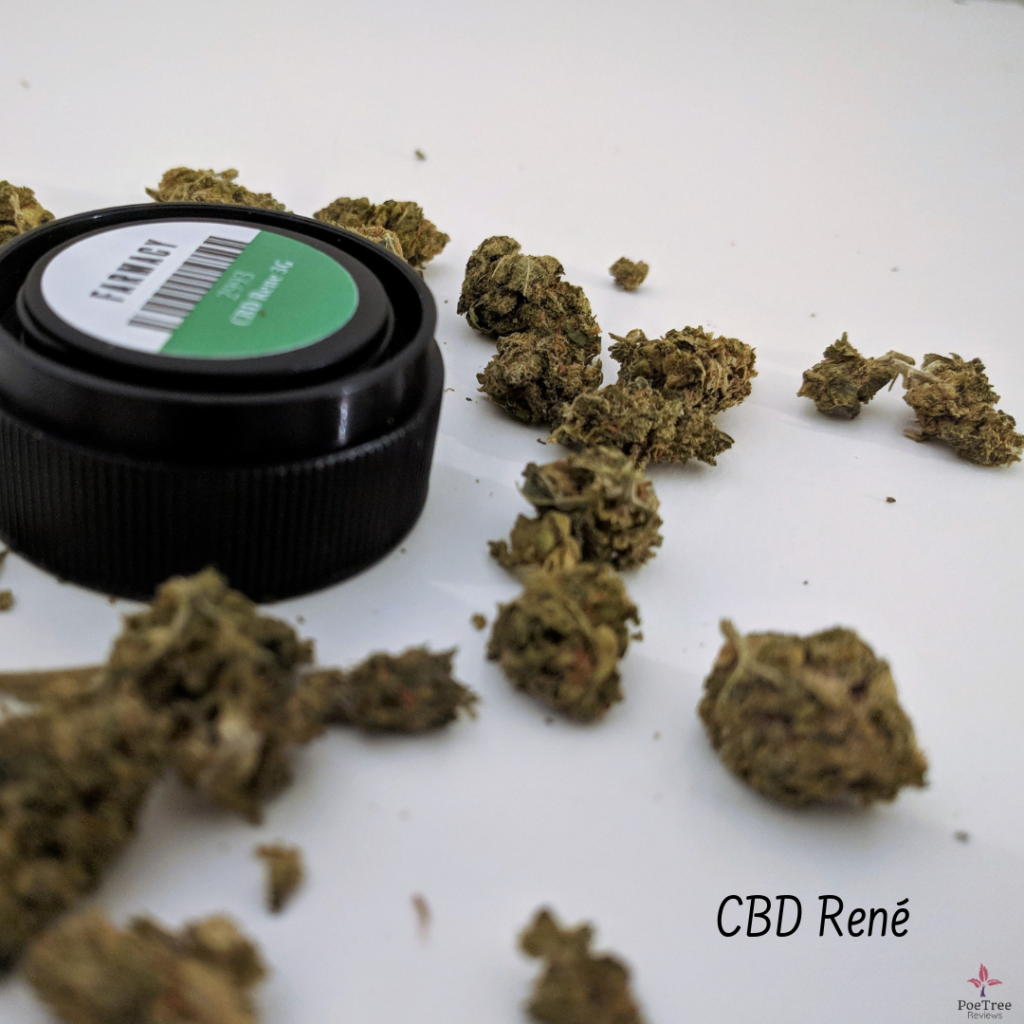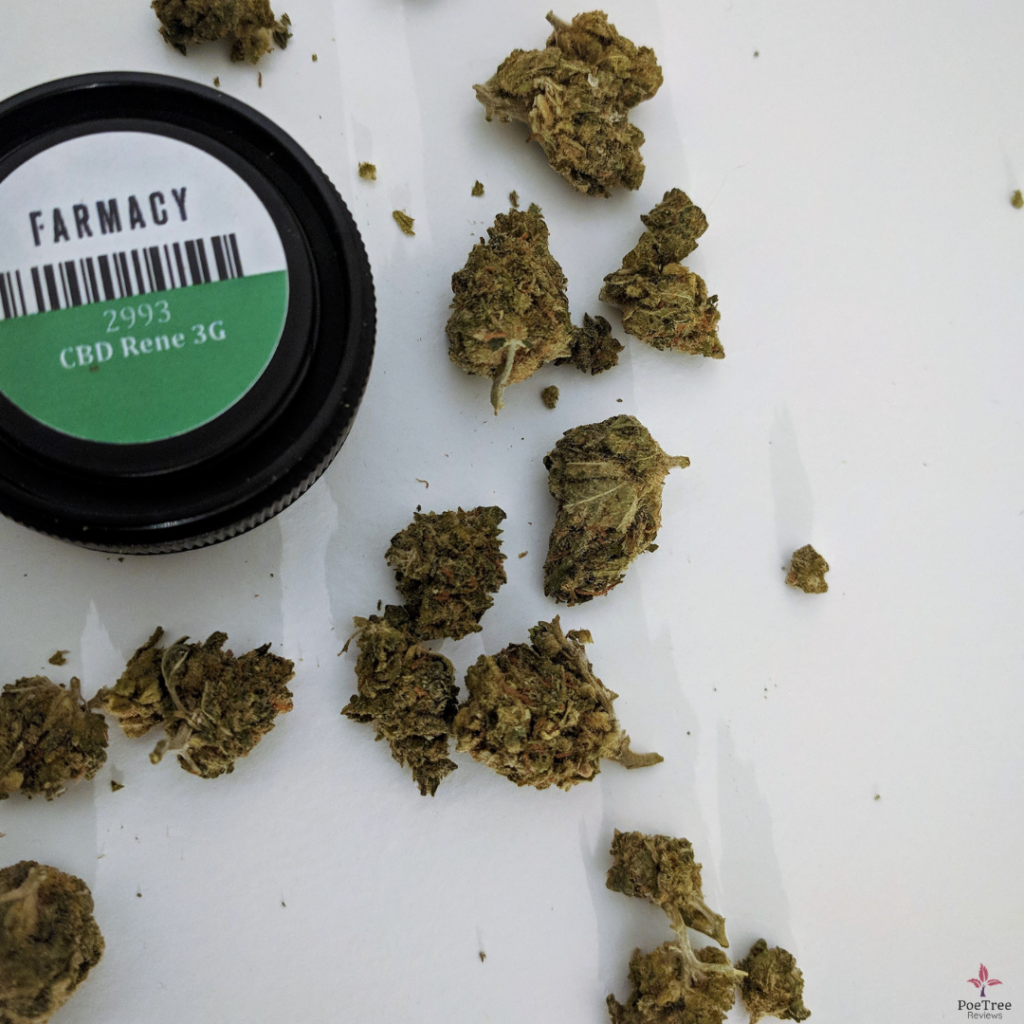Just this past week, in an amazingly close vote, the city of Denver agreed to the decriminalization of psilocybin mushrooms. This ballot was put forth by grassroots efforts, and it’s approval makes this Colorado city the first one in America to relax its policies on psychedelic substances. The decisions made in Denver have also initiated a snowball effect, causing many other US states to start rethinking their stance on “hallucinogenic” substances, such as psilocybin, LSD, and cannabis. Overall, it seems that society is slowing opening up to the benefits of the mind-altering substances that it once feared for many decades.
The recent news in Denver has brought about a lot of optimism, in terms of seeing the “War on Drugs,” of the past generation, soon come to an end. However, anytime I am reminded of the ridiculous battle against consciousness expanding/medicinally healing plants and fungi, I can’t help but feel a little morose. I have personally been able to access cannabis basically whenever I needed it, without very much worry. But, when I think about the War on Drugs, I am reminded of all of the people who have had their access to medicine restricted. When I think about Western substance laws, I become reminded of all of the people persecuted by employers, or social groups, or family members for their choice to use cannabis. And, when I finally see policies change, I am reminded of all of the people who are still wrongfully incarcerated, and of all the people who have had their lives essentially torn apart, over laws governing a virtually harmless plant.
It can be really hard for me to wrap my head around the idea that so many humans have had an impaired quality of life or fought lifelong legal battles just because of restricted access and unfair laws around cannabis cultivation and consumption. Although, as someone who publicly documents my daily (often illicit) medical and recreational cannabis use, I see constant cues and symbols that illustrate to me how fortunate I am to have such freedom.
CBD Rene, the strain that I am currently smoking on, is one token symbol of a brave woman’s fight against unjust drug policies. The hybrid strains Rene and CBD Rene take the name of the American-born activist and artist Renee Boje. What happened to Boje is really interesting, and reading her story is what ultimately prompted me to buy this strain and to write a review on it.

In 1996 the state of California passed Prop 215 or the “Compassionate Use Act of 1996,” which allowed qualified patients and caregivers the ability to possess up to 8 ounces of medical cannabis. Not long after the passing of Prop 215, in April of 1997, freelance artist Renee Boje met medical cannabis patient and activist Todd McCormick at a Los Angeles art gallery, where he was boldly smoking a big fat joint in the open. She then learned that before the age of 10, McCormick had already suffered through 9 bouts of bone cancer and that he has been using medical cannabis since the age of 9 (under doctor supervision) to manage his condition. Through McCormick, Renee also learned about publisher, cannabis activist, and AIDS patient Peter McWilliams. At the time, McWilliams had already authored a few inspiring self-help books, and following the Prop 215 decision, he had granted McCormick $200,000 for the research and writing of a new book project, entitled: How to Grow Medical Marijuana. Renee Boje was a recent graduate with a fine arts degree, and after their introduction, Todd McCormick, a.k.a. the “Marijuana Mansion Man,” invited Boje to his cannabis castle and asked if she would provide some illustrations for his new book.
In July of 1997, just a few months after meeting Todd McCormick, Renee Boje was arrested after leaving his rented mansion, and became the first person in the “operation” to be charged on conspiracy to cultivate and distribute cannabis. Renee was simply just found at the wrong place at the wrong time and then was suddenly faced with a potential 10 year to life prison sentence for her associations. So, taking the advice of her lawyers, Boje then fled to Canada, in order to seek asylum. Boje was told that safest place for her would be British Columbia, and it was there that she married well-known cannabis activist Chris Bennett, and in 2002 gave birth to their son, Shiva. After about 8 years in Canada, facing continuous threat of extradition back to the United States, Boje finally worked out a plea deal with the Los Angeles courts. In 2006 Renee plead guilty to the possession of half a gram of marijuana, and then was granted access back into Canada. From there Renee was able to secure a Canadian citizenship, and now happily resides with her family on the B.C. Sunshine Coast.
Meanwhile, Todd McCormick was eventually forced to carry out a prison sentence for his plants, often in isolation and without any access to medical treatment. Todd’s incarceration made him the first person to be arrested for medical marijuana after the passing of Prop 215. His home also acted primarily as a research facility for medical cannabis, and following his arrest, many valuable medicinal genetics were also destroyed. McWilliams wrote of Todd McCormick’s 5 year prison sentence as being a “virtual death sentence” and Renee spoke of his prison treatment as a heinous crime. But fortunately, McCormick is still around today, and he continues to produce media and write books that aim to educate the public about the medicinal and therapeutic benefits of cannabis plants.
It is unfortunate, however, that Peter McWilliams met a much worse end, than the colleagues he worked with on How to Grow Medical Marijuana. Peter was taking a cocktail of pharmaceuticals for his AIDS-related symptoms, and he used medical cannabis as a method to suppress vomiting and deal with other side-effects that the pills couldn’t help. However, while out on bail after his arrest in relation to the grow-operation, McWilliams was denied access to marijuana and periodically urine tested. Without the ability to consume cannabis, McWilliams was unwell from AIDS-related lymphoma and constantly ill. According to transcripts in an interview with Boje: on July 14th 2000, while waiting for his sentencing, Peter McWilliams died in his L.A. home by aspirating on his own vomit. Rene Boje attests that this death could have been prevented, had McWilliams been able to use cannabis, and deems the US Government to be personally responsible for the fate of Peter McWilliams.
It is extremely significant that the story of these cannabis activists lives on beyond the events that started in 1997, via the strains that bear Renee’s name. Had I not come across the strain CBD Rene, I would have never heard about what Boje, McCormick, and McWilliams went through, in the service of cannabis education. CBD-rich strains are not usually my cup of tea, but I feel so thankful that I was able to sample this strain and pay homage to history behind it.
The House of the Great Gardener is the collective responsible for creating CBD Rene, and they specialize in strains meant purely for medical use. CBD Rene was the Great Gardener’s first CBD-rich strain, and she went on to win a handful of awards after her creation, including: 1st place CBD flower at the Canadian Lift Cup and Harvest Moon Cup, and “highest CBD flower” in the 2014 High Times Cannabis Cup in Amsterdam. CBD Rene is a 1:1 flower, which means she has a very low THC content, of about 6%, and a very high CBD content, also at around 6%. In addition to her great medicating properties, this strain’s beautiful floral, earthy, citrusy scents, and sweet fruity and musky flavours, also contribute to CBD Rene’s praiseworthiness.
CBD Rene has a relatively short-lived high, which comes on fairly slow. After partaking in this flower the user may start to feel a little cerebral perk, which can be channeled into an increased focus on mental tasks or for creative efforts. The effects are mild, functional, uplifting, clear-headed, and energizing, making CBD Rene a great daytime strain. Although, the overall calming and relaxing properties from the balanced CBD content, also make this strain suitable to use in the evening or night, or anytime you need her.
Additionally, due to having such a low THC content, any users of CBD Rene should experience very few side-effects, other than the typical dry mouth and eyes. After the high starts to wear off, I usually remain endowed with an ongoing good mood, as well as a potential increase in appetite. Buyers of this strain can expect to find relief from conditions such as: anxiety, nerve-related pain, inflammation, stress, and nausea.
The long crusade to decriminalize plants and fungi that help heal people, has been fought for many years and by many people. Times like the present, when access to these medicines is becoming less and less restricted, are the times that we need to think the most about the people who helped us get here. It is because of the struggles of others, that I am able to sit comfortably behind a screen, educating the public about cannabis use, with little concern of facing horrible repercussions. Individuals like Peter McWilliams, Renee Boje, and Todd McCormick essentially had their lives dismantled over a book teaching medical patients how to grow plants (in a legal state), and I see it as part of my duty to tell their story. Strain names like Jack Herer and CBD Rene help keep the work of important activists alive. But, anyone benefiting from post-legalization policies, still needs to make sure that they do all that they can to remind the world how far we’ve really come, and who helped us get here.
Sources:
npr.com/Denver-decriminalizes-mushrooms
nytimes.com/transcripts-of-renee-boje-drug-policy-forum



